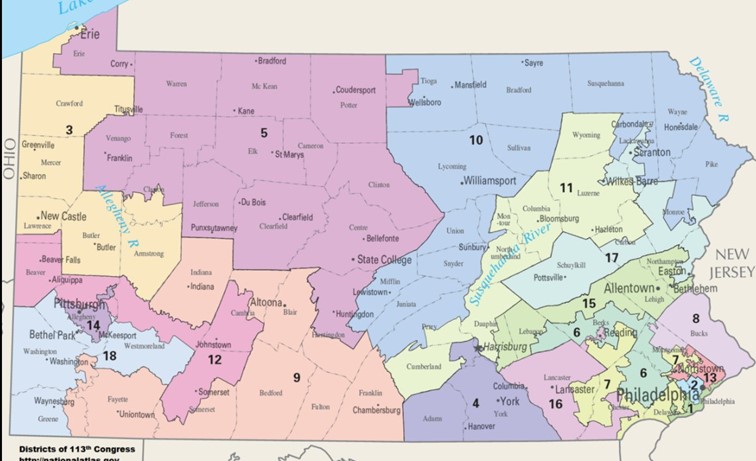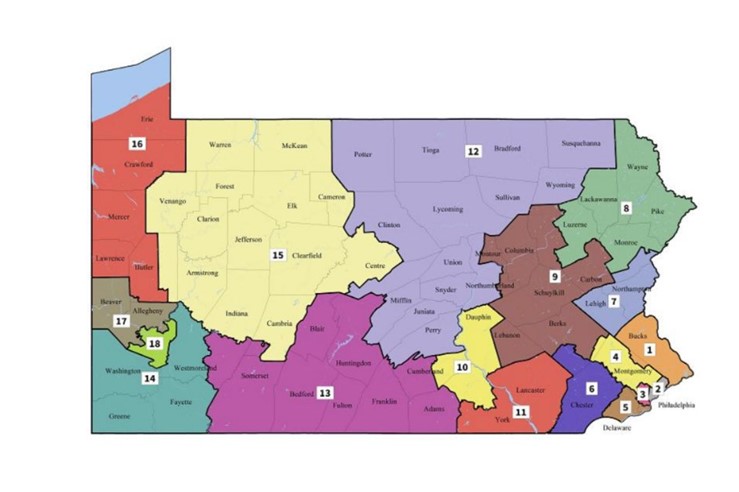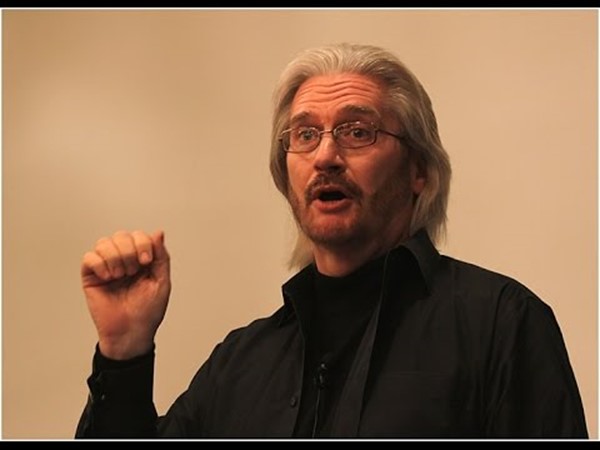Did you guess correctly yesterday?

Did you guess correctly yesterday?


Every year a cast photo is released to fans of the show. The photo debuts tomorrow. Here is an outline version of the photo. How many people can you identify?

With this hymn comes one of the most heartrending stories in the annals of hymnody.
The author, Horatio G. Spafford (1828-1888), was a Presbyterian layman from Chicago. He had established a very successful legal practice as a young businessman and was also a devout Christian. Among his close friends were several evangelists including the famous Dwight L. Moody, also from Chicago.
Spafford’s fortune evaporated in the wake of the great Chicago Fire of 1871. Having invested heavily in real estate along Lake Michigan’s shoreline, he lost everything overnight. In a saga reminiscent of Job, his son died a short time before his financial disaster. But the worst was yet to come.
Hymnologist Kenneth Osbeck tells the story: “Desiring a rest for his wife and four daughters as well as wishing to join and assist Moody and [his musician Ira] Sankey in one of their campaigns in Great Britain, Spafford planned a European trip for his family in 1873. In November of that year, due to unexpected last-minute business developments, he had to remain in Chicago, but sent his wife and four daughters on ahead as scheduled on the S.S. Ville du Havre. He expected to follow in a few days.
“On November 22 the ship was struck by the Lochearn, an English vessel, and sank in twelve minutes. Several days later the survivors were finally landed at Cardiff, Wales, and Mrs. Spafford cabled her husband, ‘Saved alone.'”
Spafford left immediately to join his wife. This hymn is said to have been penned as he approached the area of the ocean thought to be where the ship carrying his daughters had sunk.
Another daughter, Bertha, was born in 1878 as well as a son, Horatio, in 1880, though he later died of scarlet fever. After the birth of daughter Grace in 1881, Spafford and his wife moved to Jerusalem out of a deep interest in the Holy Land. There they established the American Colony, a Christian utopian society engaged in philanthropic activities among Jews, Muslims and Christians.
The hymn was written by gospel songwriter Philip Bliss (1838-1876) and named after the ship that carried Spafford’s daughters to their death, was spellbinding to a young boy. Yet I had difficulties identifying with the text in many ways.

This picture is courtesy of National Geographic. It shows a Cardinal with yellow feathers instead of red. This is genetic mutation that is rare thus many people go their whole lives without seeing one. This bird was spotted in Alabama. The picture was so eye catching I could not resist sharing it.


American Federation of Teachers President Randi Weingarten
condemns Pres. Trump’s suggestion to arm teachers:
“Teachers and students need schools to be
safe sanctuaries for teaching and learning.
They don’t need armed fortresses.”
Please look at the picture of the teacher placing a math equation on the chalkboard and then at the image of an AR-15 Assault Rifle below it. There is no way a teacher could safely have the weapon close enough to reach it in an emergency and still place the focus on the subject she is teaching and the students in the room. Teachers TEACH! Security officers look for signs of trouble before it starts and try to neutralize the situation. Let’s not combine these two job descriptions into one. If we do, we will be making one of the worst mistakes in education ever made!


100 years ago, everyone owned a horse and only the rich had cars. Today everyone has cars and only the rich own horses.
When I read this quotation today my first though was I am glad I am driving a Kia Sonata than a horse and buggy. Our standard of living has improved in 100 years and I am very thankful for the improvement!

Map above 2011 Version of PA Congressional Districts

Map above is the new version that is ordered by the PA Supreme Court
When legislatures draw districting maps there is always a temptation to draw the map to the advantage of the party in control of the legislature. Having live in Illinois I am used to some very irregular shaped district maps to make it easier for the party in control to retain districts and get more districts served by members of their political party.
The 2011 version of the map was the issue of a law suit that made it to the PA Supreme Court. The Court ordered the legislature to submit a new map that was free of bias. The legislature did not submit a map by the deadline to the Court released the second map above as their solution.
A new question has been created by the Court’s action. That question is, “Does the Court have the authority to set the boundaries of the districts?” People on both sides of the issue will put forth reasons for their answer to this question. I have no idea which side will prevail. I am thrilled for my Pennsylvania neighbors that it appears they could benefit from the new map if it is finally adopted. More states should look at their maps and see if fairness exists in the way their districts are shaped.

When I type I am consistently hitting a different key than one I intended to hit. Lots of times the spell checker identifies my error to me and lets me correct it. Other times my mistake produces an entirely different word than the word I wanted to use, but since it is a real word the spell checker does not help me identify the error.
Three of the most easily typing errors that produce the incorrect word are using the “W” in place of the “T” or vice versa.
What, When and Where can become That, Then and There with the substitution of one letter. Even though it is a small error, it can really change the meaning of what you are trying to say or at other times confuse the reader.
This brings me to my cardinal rule: proof read, set the item aside for a time, and then proof read it again. It helps you errors on the second reading that you missed the first time.

I came across this word while reading and did not know what the writer was trying conveying, so off to the dictionary I went to learn about the word. Since is was new to me, I thought others might enjoy exposure to the word.
defeasible
MEANING:
adjective: Capable of being revised, defeated, or annulled.
ETYMOLOGY:
From Old French desfaire (to undo or destroy), from Latin dis- (apart, away) + facere (to do). Ultimately from the Indo-European root dhe- (to set or put), which is also the source of do, deed, factory, fashion, face, rectify, defeat, sacrifice, satisfy, Sanskrit sandhi (joining), Urdu purdah (veil or curtain), and Russian duma (council). Earliest documented use: 1586.
USAGE:
“Surely many moral duties are defeasible, and in that sense relative. We all recognize that although lying is typically wrong, under certain circumstances — to protect someone’s life, for example — it is justifiable.”
Austin Dacey; Believing in Doubt; The New York Times; Feb 3, 2006.

The picture above is Leonard Sweet, who is an American theologian, church historian, pastor, and author. Sweet currently serves as the E. Stanley Jones Professor of Evangelism at Drew Theological School at Drew University, in Madison, New Jersey; and a Visiting Distinguished Professor at George Fox University in Portland, Oregon. Sweet is ordained in the United Methodist Church.
He has written this statement:
The paradox of our digital age: the greater our connectedness, the greater our loneliness and depression.
I feel he is pointing out a great truth in our culture today. We can connect with others through these social media platforms:
Each of these sites shows how many followers the account holder is connected to in the application.
For instance, Leonard Sweet has 37,000+ followers on Twitter. I have 27 followers on Twitter. This shows that Sweet is much more well known around the world that I am. This does not mean that Sweet knows the background of his many followers as I do the people who follow me.
Cyber connections can’t replace direct one-on-one connections in our lives. A cyber friend can’t hug you. They can’t notice of you are smiling or frowning. The whole relationship is limited by the information that can be shared.
I will let Leonard Sweet keep his 37,000 followers because I am happy with the 27 who follow me.